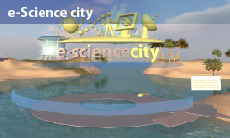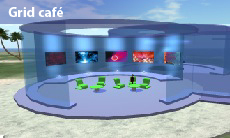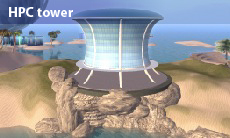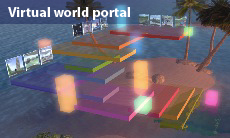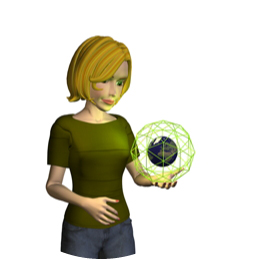
Clouds and grids compared
Let’s take a look at the main differences between grids and clouds.
| Grid computing | Cloud computing | |
What? |
Grids enable access to shared computing power and storage capacity from your desktop |
Clouds enable access to leased computing power and storage capacity from your desktop |
Who provides the service? |
Research institutes and universities federate their services around the world through projects such as EGI-InSPIRE and the European Grid Infrastructure. |
Large individual companies e.g. Amazon and Microsoft and at a smaller scale, institutes and organisations deploying open source software such as Open Slate, Eucalyptus and Open Nebula. |
Who uses the service? |
Research collaborations, called "Virtual Organisations", which bring togetherresearchers around the world working in the same field. |
Small to medium commercial businesses or researchers with generic IT needs |
Who pays for the service? |
Governments - providers and users are usually publicly funded research organisations, for example through National Grid Initiatives. |
The cloud provider pays for the computing resources; the user pays to use them |
Where are the computing resources? |
In computing centres distributed across different sites, countries and continents. | The cloud providers private data centres which are often centralised in a few locations with excellent network connections and cheap electrical power. |
Why use them? |
- You don`t need to buy or maintain your own large computer centre |
- You don`t need to buy or maintain your own personal computer centre |
What are they useful for? |
Grids were designed to handle large sets of limited duration jobs that produce or use large quantities of data (e.g. the LHC and life sciences) |
Clouds best support long term services and longer running jobs (E.g. facebook.com) |
How do they work? |
Grids are an open source technology. Resource users and providers alike can understand and contribute to the management of their grid |
Clouds are a proprietary technology. Only the resource provider knows exactly how their cloud manages data, job queues, security requirements and so on. |
Benefits? |
- Collaboration: grid offers a federated platform for distributed and collective work. |
- Flexibility: users can quickly outsource peaks of activity without long term commitment |
Drawbacks? |
- Reliability: grids rely on distributed services maintained by distributed staff, often resulting in inconsistency in reliability across individual sites, although the service itself is always available. |
- Generality: clouds do not offer many of the specific high-level services currently provided by grid technology. |
When? |
The concept of grids was proposed in 1995. The Open science grid (OSG) started in 1995 The EDG (European Data Grid) project began in 2001. |
In the late 1990`s Oracle and EMC offered early private cloud solutions . However the term cloud computing didn't gain prominence until 2007. |
